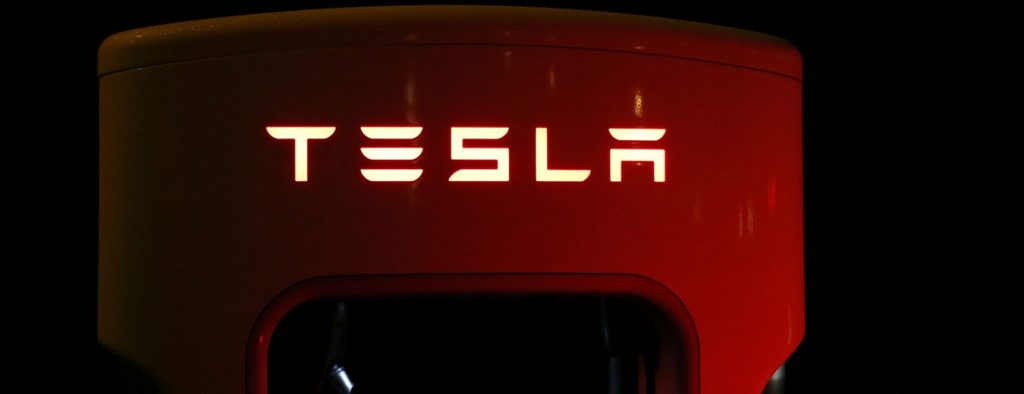Locked out in scorching heat, Tesla owner left stranded as 12-volt battery fizzles out, rendering the vehicle inaccessible.
Dennis Hegstad, an owner of a Tesla Model 3, found himself stranded in his driveway due to a dead 12-volt battery, unable to access his car. In a viral social media post, he expressed his dismay as the scorching Texas summer heat wreaked havoc on his vehicle. The 12-volt battery, responsible for powering essential functions such as windows and doors, played a pivotal role in this unfortunate situation.
Tesla vehicles ditch conventional keys in favor of key cards, which use short-range radio signals to unlock the car. However, when Hegstad attempted to use his key card, it failed to communicate with the unresponsive Model 3. Even the Tesla mobile app proved futile in locating the vehicle, leaving Hegstad locked out and frustrated.
The 12-volt battery in a Tesla not only powers smaller electronic components but also facilitates the charging of the main battery pack. Without the 12-volt battery, the vehicle becomes unable to charge, much like a traditional gas-powered car requiring a jumpstart. Hegstad, unaware of the need for a battery replacement, didn’t receive the notification from Tesla alerting him to the battery’s condition. It’s worth noting that newer Model 3 cars now come equipped with a 16-volt lithium-ion battery, replacing the older 12-volt variant.
While Tesla didn’t confirm the exact cause of the battery failure, Hegstad speculated that the sweltering Texas heat, reaching temperatures between 80 and 96 degrees Fahrenheit, may have contributed to the untimely demise. Extreme weather conditions have been known to impact battery lifespan, reduce the range of electric vehicles, and prolong charging times.
Hegstad took to social media, venting his frustrations and expressing a sense of buyer’s remorse due to recent price cuts. To resolve the issue, he eventually had to pay around $200 to have his Model 3 towed to Tesla. During the wait for the tow truck, Hegstad resorted to various unsuccessful attempts to revive his vehicle, including cooling it down with water and jump-starting the 12-volt battery. His access to the charging port was also thwarted, adding to the mounting frustrations. The battery failure persisted despite his efforts to keep the vehicle shaded and utilizing Tesla’s cabin overheat protection system.
Thankfully, Hegstad received his Model 3 back within 24 hours after reporting the issue. The 12-volt battery was replaced at a cost of approximately $117, while the more expensive main battery pack remained unscathed. An invoice from Tesla validated the battery issue and its subsequent resolution.
As of now, Tesla has not responded to media inquiries regarding this incident. Hegstad’s case joins a growing list of Tesla owners encountering difficulties in accessing their electric vehicles.
From viral TikTok videos to high-profile figures like actor Glenn Howerton, lockouts due to battery malfunctions have garnered attention and highlighted the need for robust battery management systems.
However, this incident serves as an impact of extreme weather conditions on electric vehicle performance and reinforces the ongoing need for reliable battery technology advancements.

